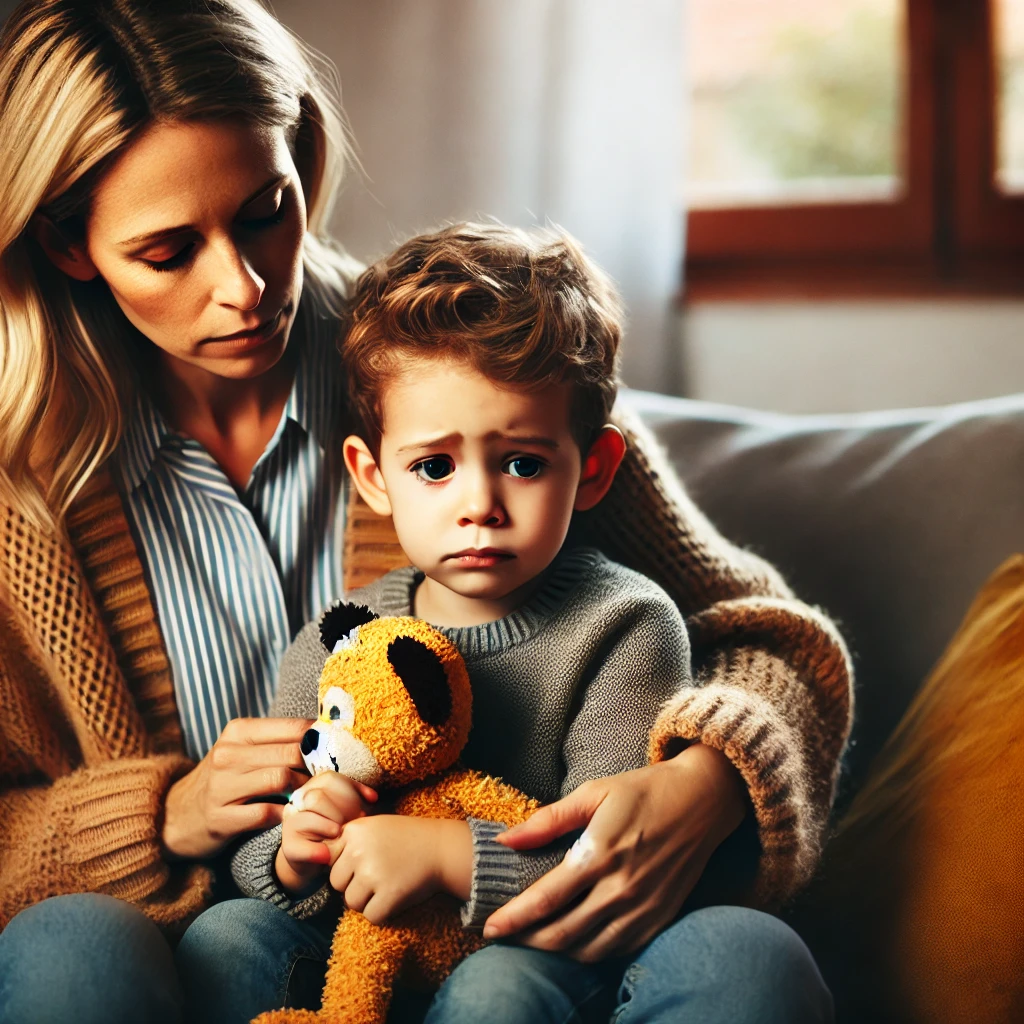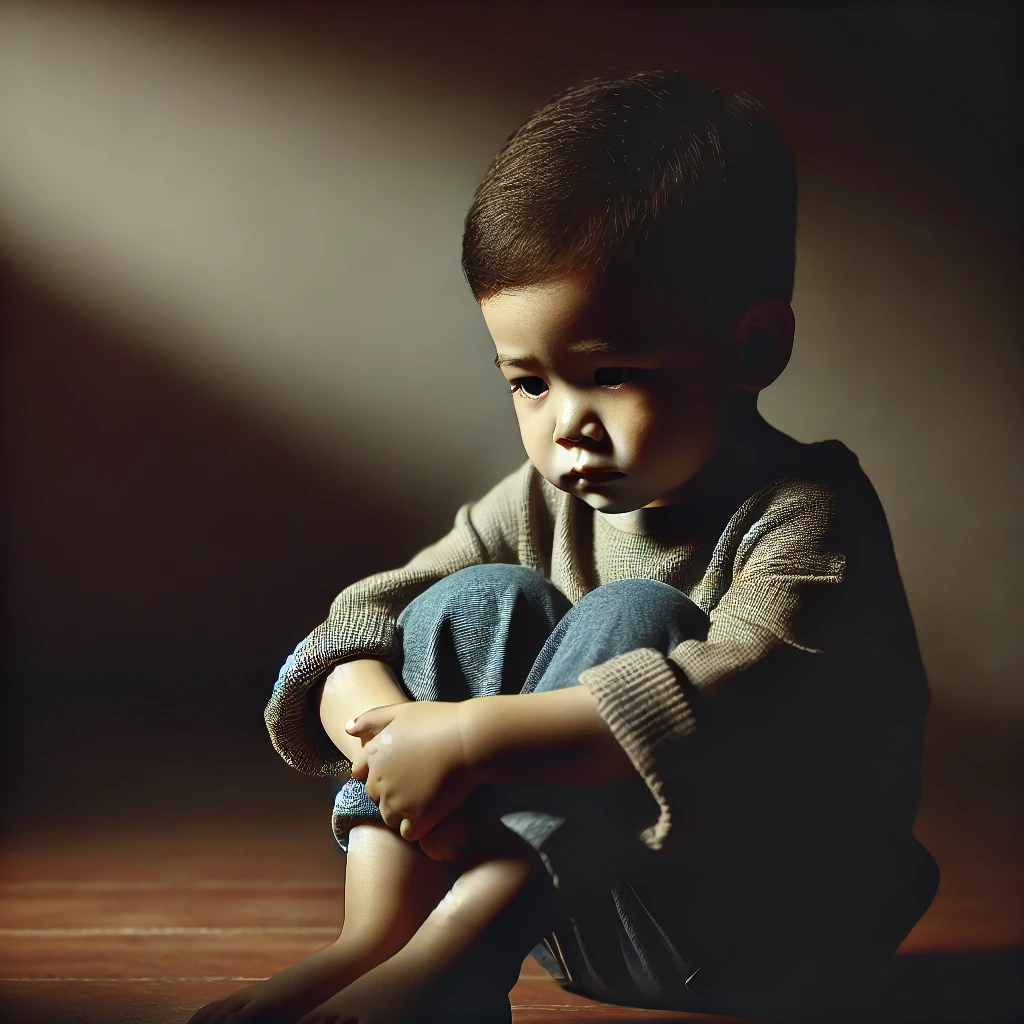5 Signs of Child Abuse Every Parent Should Know
admin
February 22, 2025

Child abuse is a serious issue that affects millions of children worldwide. As a parent, guardian, or caregiver, recognizing the warning signs of abuse can help protect a child from further harm. Often, children are unable or afraid to speak up, making it crucial for adults to stay vigilant.
In this article, we’ll discuss five key signs of child abuse that every parent should be aware of. By understanding these indicators, you can take action to safeguard children and ensure their well-being.
1. Sudden Changes in Behavior
One of the most telling signs of child abuse is an unexpected change in behavior. Abused children may exhibit:
- Increased aggression – Lashing out at others, acting violently, or getting into frequent fights.
- Extreme withdrawal – Avoiding social interactions, becoming unusually quiet, or showing signs of depression.
- Fearfulness – Displaying excessive fear or anxiety, especially around certain people or in specific places.
- Regression – Behaviors such as bedwetting, thumb-sucking, or other actions that are inappropriate for their age.
If your child suddenly begins acting differently without any clear explanation, it might be a sign that something is wrong.
2. Unexplained Bruises, Burns, or Injuries
Physical abuse often leaves visible marks on a child’s body. Look for injuries that:
- Appear frequently – If a child has repeated bruises, burns, or cuts without a reasonable explanation, abuse could be the cause.
- Have unusual patterns – Marks that resemble belts, handprints, or other objects may indicate intentional harm.
- Do not match the explanation given – If a child’s story about an injury keeps changing or does not make sense, further investigation is needed.
While minor injuries are a normal part of childhood, persistent or severe injuries should never be ignored.
3. Fear of a Specific Person or Place
A child who has been abused may exhibit an intense fear of certain individuals or locations. Some red flags include:
- Avoiding a particular adult – If a child suddenly refuses to be alone with someone or reacts negatively in their presence, it may be a sign of abuse.
- Dreading visits to a specific location – Fear of going to school, daycare, or a relative’s home can indicate problems in that environment.
- Startling easily – A child who flinches or cowers at sudden movements may have experienced physical violence.
Trust your child’s instincts. If they seem unusually afraid of someone, take their concerns seriously.



4. Loss of Appetite or Trouble Sleeping
Emotional distress caused by abuse often manifests physically. Watch for signs such as:
- Sudden weight loss or lack of appetite – A drastic change in eating habits could be due to stress, fear, or emotional trauma.
- Nightmares and difficulty sleeping – Frequent bad dreams, insomnia, or a child expressing fear of bedtime may be linked to abuse.
- Bedwetting or other sleep disturbances – Sudden bedwetting, especially in older children, can be a response to trauma.
If you notice these symptoms without any medical explanation, consider seeking professional advice.
5. Age-Inappropriate Knowledge of Sexual Behavior
Sexual abuse can lead to children displaying sexual knowledge or behaviors that are inappropriate for their age. Warning signs include:
- Using sexual language or gestures that seem too advanced for their developmental stage.
- Engaging in sexual play with toys or other children in an explicit way.
- Showing an unusual interest in sexual matters or being unusually secretive about activities.
Children who have been sexually abused may also experience pain, bleeding, or discomfort in the genital area. If a child displays any of these signs, immediate action is necessary.
What to Do If You Suspect Child Abuse
If you recognize any of these warning signs in a child, do not ignore them. Here’s what you can do:
- Talk to your child – Create a safe, non-judgmental space where they feel comfortable opening up.
- Report your concerns – Contact local child protection services, a school counselor, or law enforcement if you suspect abuse.
- Seek professional help – Therapy and counseling can provide support for both the child and their family.
- Monitor their behavior – Keep an eye out for ongoing signs and changes in behavior.
- Ensure their safety – If a child is in immediate danger, take urgent action to remove them from the harmful environment.
Conclusion
Protecting children from abuse is a collective responsibility. By staying informed and vigilant, parents and caregivers can help identify the warning signs and take action before it’s too late. If you suspect abuse, trust your instincts and seek help immediately.
Every child deserves to feel safe, loved, and protected. By spreading awareness and speaking up, we can all contribute to a world free from child abuse.
📢 Share this article to help protect a child today!
Recent Posts
Have Any Question?
We’re here to help and answer any questions you might have. just send us a message.


